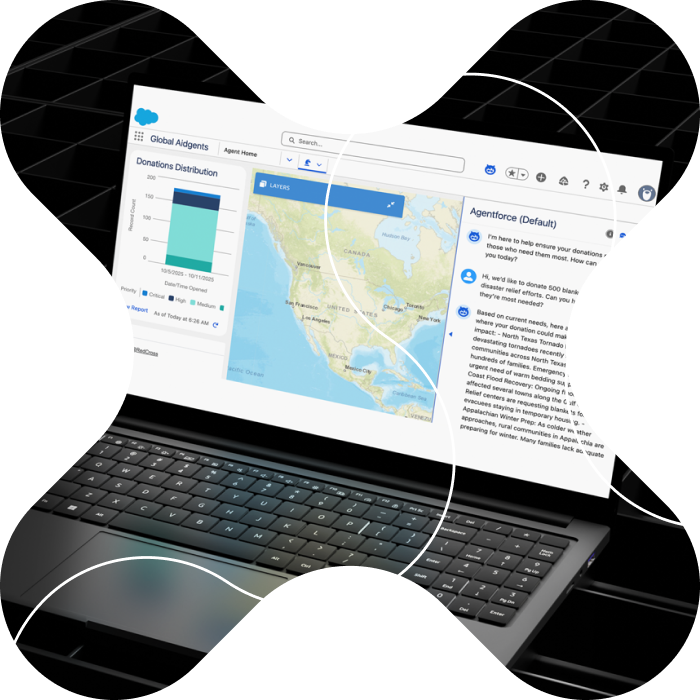A 404 is often a dead end, with 74% of users leaving a website after encountering an error page.
But it doesn’t have to be. Every touchpoint in a user journey matters and an error page is a key opportunity to re-engage.
At Nearsure, we recently led the strategic redesign of the 404 error page for a global technology company’s website. Instead of just “fixing” the page, we took a deep dive into how to optimize the 404 page to drive lead conversions.
The challenge: missed opportunities on the 404 error page
Users land on 404 pages for many reasons: outdated links, deactivated content or simple typos. No matter the why, it can be a frustrating moment and cause users to bounce.
Many brands today have created cute or clever 404 error pages to make this experience less irritating. At Nearsure, we set out to go one step further and transform this point of friction into an opportunity for re-engagement.
Our mission was to investigate the user intent before the 404 error page and identify ways to reduce bounce rate and drive lead conversions — directly from this overlooked page.
Our strategy: reframing the 404 for re-engagement
Our strategy was to reframe the 404 experience via intelligent re-engagement. To get users back on track, we took a multi-faceted approach that combined design modernization with data signals.
URL intent analysis
We parsed failed URLs to detect user intent — identifying whether someone was likely looking for a product page, content category, or demo. From here, we recommended the closest match to their intention.
Referrer-aware suggestions
If the visitor arrived from an ad, campaign, or external content, we tailored recommendations based on where they came from, increasing the relevance of the options shown.
Personalization when available
If the user was recognized (e.g. returning visitor), we used past behavior or known profile info to surface content by region, industry, or previously viewed products.
Modern UX built for action
We replaced a static error message with a dynamic layout that included a search bar, recommended links, and embedded CTAs. As a result, we could drive users toward CTAs such as demos, forms, or contact pages.
Our roadmap: my role as Senior Product Manager
To implement our strategic plan for the 404 error page, our Nearsure team created a robust roadmap. As Senior Product Manager, I was charged with:
- Leading discovery sessions to identify failure points and user behavior patterns on the 404 page.
- Aligning stakeholders across UX, engineering and stakeholders to define a shared success metric (bounce reduction and lead generation).
- Defining requirements and prioritizing functionality such as referrer tracking, intent detection, and CTA integration.
- Collaborating with design and content to craft a modern, action-driven user experience.
- Managing implementation milestones and validating impact post-launch through behavioral and conversion data.
Through these key milestones, our CX team was able to transform the 404 error page into a jump point for engagement.
Our results: the 404 page as a functional growth asset
Optimizing the 404 page can enhance your UX, SEO, brand reputation and even get you leads. After we implemented our dynamic 404 page strategy, we saw:
- A measurable drop-in bounce rate for users hitting the 404.
- Increased page depth and time on site from those who re-engaged.
- Direct lead form completions originating from the 404 experience.
In other words, we transformed the 404 page into a functional growth asset that was able to effectively re-engage users.
Final takeaway: the 404 page as an ongoing CX opportunity
Conversions can start in the least expected places. As we discovered, the 404 error page is an opportunity to turn a friction point into a conversion point.
At Nearsure, we believe that every little detail of your product should have top CX. By optimizing this company’s 404 error page with dynamic content, we met user intent, elevated engagement, boosted conversions and reinforced trust with our client’s brand.
Not bad for “just an error page.”
No matter your next technical challenge, craft high-impact CX with our world-class Nearsure teams.






